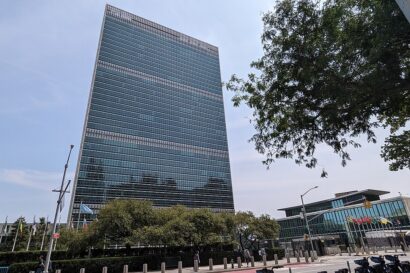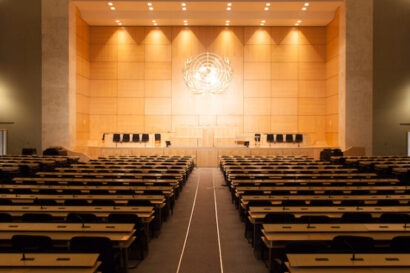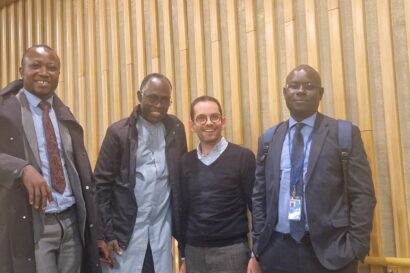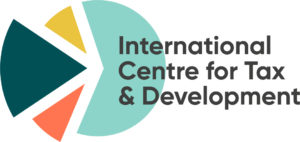Recently, 38 African tax authorities convened in Abuja for the International Conference on Tax in Africa, organised by the African Tax Administration Forum (ATAF). The group discussed ways to boost tax revenues, in particular, how to improve collection of corporate income tax.
His Excellency Professor Yemi Osinbanjo, Vice President of Nigeria said in his keynote address, “the use of aggressive and suspicious tax planning and transfer mispricing by multinationals to minimize their tax payments” is a major constraint to domestic revenue mobilisation in African countries.
Increased multinational investment in Africa over the past decades has boosted the risk of transfer mispricing, which occurs when two related parties distort the price of a good or service to reduce their taxable income.
As a result, the regulatory environment in Africa around the phenomenon is quickly evolving.
Between 1995 and 2014, the number of African countries with transfer pricing rules has grown by 600 percent, according to Ernst & Young. They are developing standalone transfer pricing regulations; building specific expertise; setting up specialized transfer pricing units; and working together to share best practices through ATAF.
However, evidence shows that few African tax authorities have the sector-specific expertise to detect and mitigate transfer mispricing in the mining sector. Many tax authorities don’t have close knowledge of the mining sector, which hinders their ability to distinguish between abusive versus standard industry practice. Risk assessment is critical for developing country tax authorities given the limited resources they have to audit taxpayers.
To combat this problem, ATAF, and Deutsche Gesellschaft für Internationale Zusammenarbeit (GIZ) GmbH, on behalf of the German Federal Ministry for Economic Cooperation and Development (BMZ), have released the Toolkit for Transfer Pricing Risk Assessment for the African Mining Industry. The toolkit is the first of its kind addressing mining. It aims to assist African tax authorities to determine whether particular high-risk related party transactions should be selected for transfer pricing audit. The toolkit is complementary to and supplements the ATAF Transfer Pricing Risk Assessment Tool, which applies to all sectors.
The toolkit is practical. Tax authorities can immediately integrate it into existing transfer pricing compliance processes. It can be used in any country context and adapted for legal differences. Authorities can identify and assess transfer pricing risks in the mining sector, select the most high-risk cases for audit, and protect the mining tax base against profit shifting.
The toolkit addresses for instance the use of offshore marketing hubs: cases where a mine sells its product to a related company that then on-sells to a final customer. The risk is that the marketing hub pays an artificially low price to the mine, reducing profits in the host country, and sells the product onto a third party at market rate, allowing profits to accumulate with the hub, often in a low-tax jurisdiction. These transactions can represent big losses for resource-rich countries. BHP Billiton is currently in a dispute with the Australian Tax Office (ATO) over a USD 755 million tax bill relating to its use of a marketing hub based in Singapore to sell commodities to Asia.
How would a tax authority use the toolkit? Let’s assume the authority is planning a general audit of a large mining company. It is deciding whether the issue of a related party loan should be included in the audit. The tax authority uses the toolkit as a basis for reviewing the terms and conditions of the loan. It spots that the loan lacks a fixed repayment period, as well as financial and non-financial conditions. According to the toolkit, the absence of a clear obligation to repay may indicate that the loan is not arm’s length. Consequently, the authority decides that there is a sufficiently high risk of transfer mispricing to warrant an audit.
In addition to the toolkit, which can be downloaded here (ici en français), tax authorities can receive training on how to use it. The Intergovernmental Forum on Mining, Minerals, Metals and Sustainable Development (IGF) is the official training partner for the toolkit. Interested parties should contact GIZ’s Anna Kravtsenko at [email protected], or IGF’s Alexandra Readhead at [email protected]




